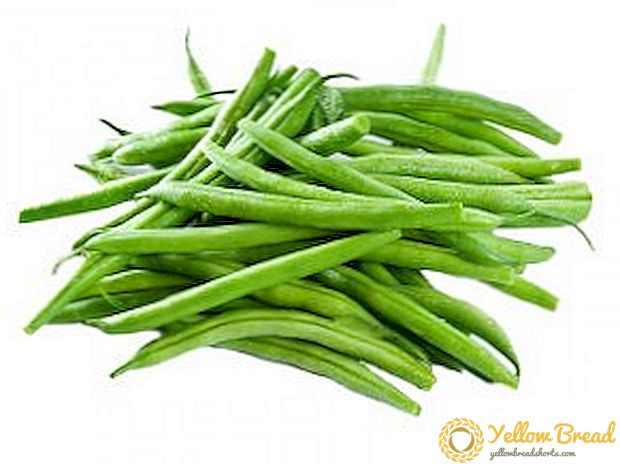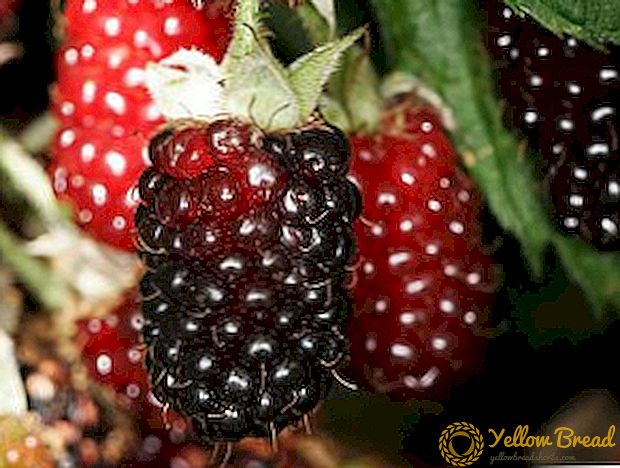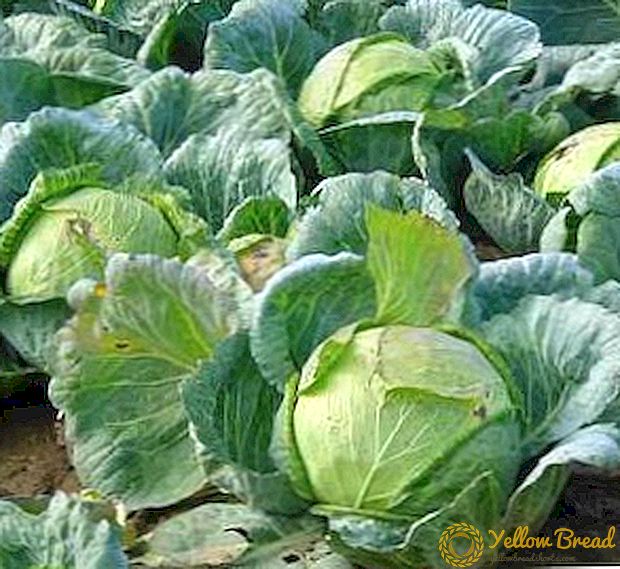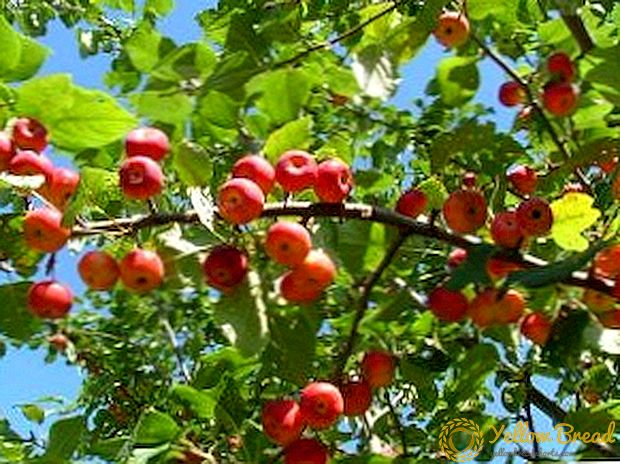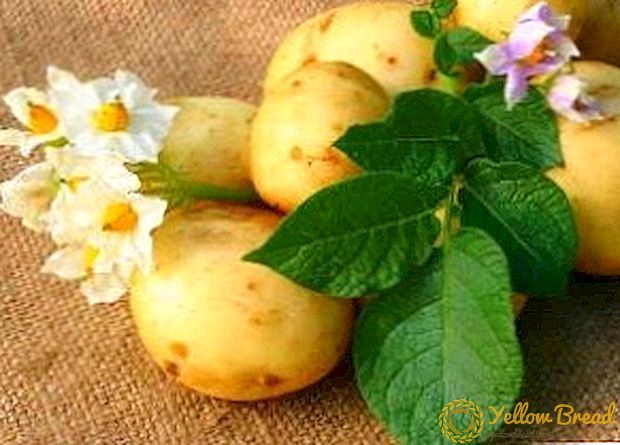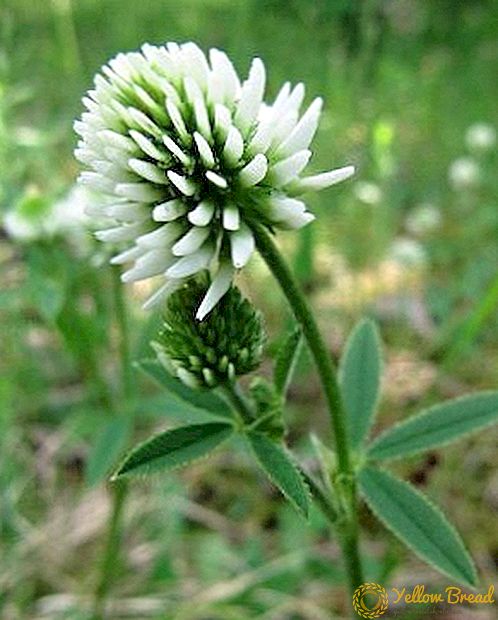 “Runaway” is a raspberry variety, distinguished by its early ripening period, winter hardiness, as well as the unusual color of the berries. The fruits of this raspberry are yellow and in no way inferior in taste and quality to their red "brothers". We propose to consider a detailed description of the variety and requirements for its cultivation.
“Runaway” is a raspberry variety, distinguished by its early ripening period, winter hardiness, as well as the unusual color of the berries. The fruits of this raspberry are yellow and in no way inferior in taste and quality to their red "brothers". We propose to consider a detailed description of the variety and requirements for its cultivation.
- Breeding history
- Description of the bush
- Fruit Description
- Lighting Requirements
- Soil requirements
- Flowering period
- Gestation period
- Yield
- Transportability
- Resistance to environmental conditions and diseases
- Winter hardiness
- Use of berries
- Advantages and disadvantages
- pros
- Minuses
Breeding history
The variety "Runaway" was bred at the Kokinsky base station by the hands of the breeder I. Kazakov and is included in the "Golden Series of the Cossack Raspberry".

Description of the bush
Description of the variety is best to start with the bushes. Raspberry bushes "Runaway" weakly sprawling, medium power development. The bush can hold from 6 to 10 shoots. The spikes on it are short, medium sized, green and straight.The leaves are green, have not sharp cloves at the edges.
Fruit Description
The berries have a golden yellow color, and the shape of the berry is round-conical. The average weight of a berry is 2-3 grams. They taste sweet and sour, have a delicate aroma.
Lighting Requirements
"Runaway" loves the light. It is undesirable to plant it somewhere under the trees or under other sources of shadow. If a shadow falls on her at any particular moment of the day, she can put up with it, but not for a long time.
Soil requirements
One of the important factors is to care for the soil in which the raspberry grows. The land around the bush must be weeded and loosened regularly. Fertilization will be very productive. In the spring, use mullein, in autumn - fertilizers with potassium and phosphorus.

Flowering period
The yellow raspberry bloom period begins in mid-June, which helps it to protect against the raspberry beetle. Before the flowering period begins, the bushes of this plant are treated with karbofos.
In some cases, use the "Spark" or "Confidor". This is done in order to clear the plant of the remaining parasites.
Gestation period
This variety ripens from August to September. The fruits on the bush ripen at the same time, which makes it possible to constantly use fresh fruit, tearing them from the bush.
Yield
The grade "Runaway" does not possess high productivity. On average, a single crop will yield from 1.8 to 2.2 kg. In most varieties, this figure is 2-3 kg.
Transportability
"Runaway" does not have good transport properties. It is stored for a short time and is not suitable for freezing, therefore, during transportation, difficulties may arise, and the raspberries may simply deteriorate. 
Resistance to environmental conditions and diseases
This variety is very rarely exposed to diseases, and if this happens, it tolerates them much more easily. It has good resistance to very dry air and soil.However, the better the climate and soil conditions, the better the raspberries.
Winter hardiness
"Runaway" is one of the varieties that tolerate frost well. In winter, the place where this variety grows seems empty, since the future shoots are located in the ground. If there is no snow in winter, cover the bushes with sawdust or leaves.
Use of berries
Berries "Runaways" are often used fresh. Doctors recommend eating yellow raspberries for people who are prone to allergies. In these fruits complement each other's sweet and sour taste.  They are well suited to make compotes or jams. Another use of the "Runaway" berries is baby food.
They are well suited to make compotes or jams. Another use of the "Runaway" berries is baby food.
Advantages and disadvantages
"Runaway" has both positive qualities and negative.
pros
- Easily tolerates reduced temperatures.
- Fruits ripen at the same time, so they are convenient to eat fresh.
- Used in garden design.
- Convenience when collecting because of the height of the shoots.
- Good taste.
Minuses
- Spikes on the shoots.
- Low yield.
- Disadvantages during transportation.
- You can not freeze.
- Bad shows itself in winemaking.
 The grade "Runaway", undoubtedly, should be grown at itself on a site. The combination of an unusual appearance and excellent taste qualities will definitely appeal to you. Good luck in growing!
The grade "Runaway", undoubtedly, should be grown at itself on a site. The combination of an unusual appearance and excellent taste qualities will definitely appeal to you. Good luck in growing!

